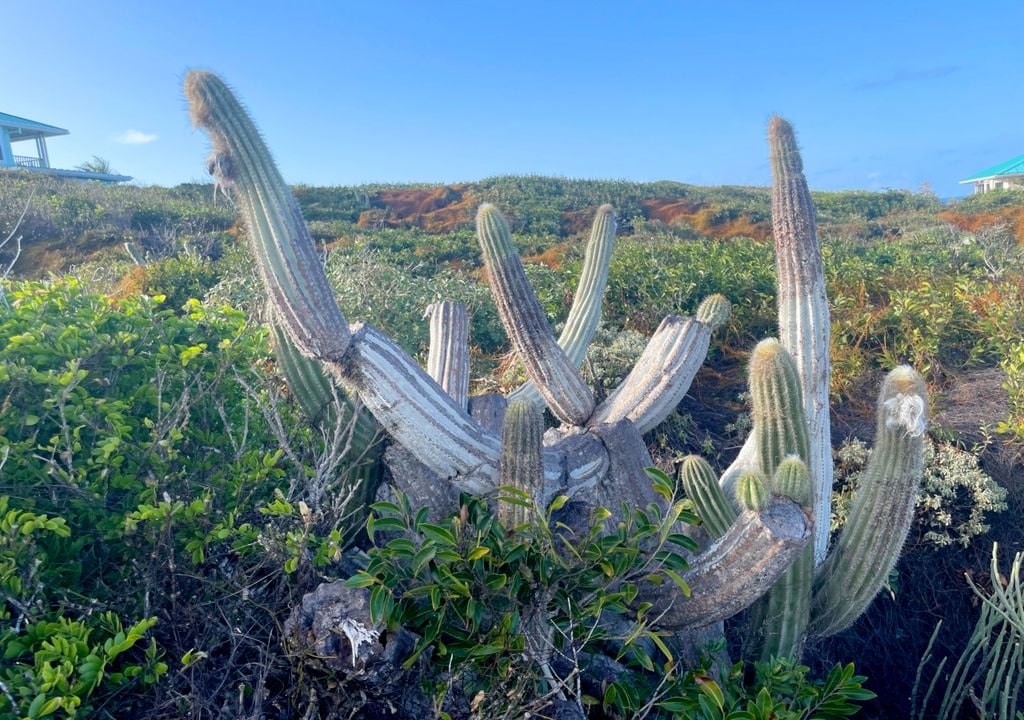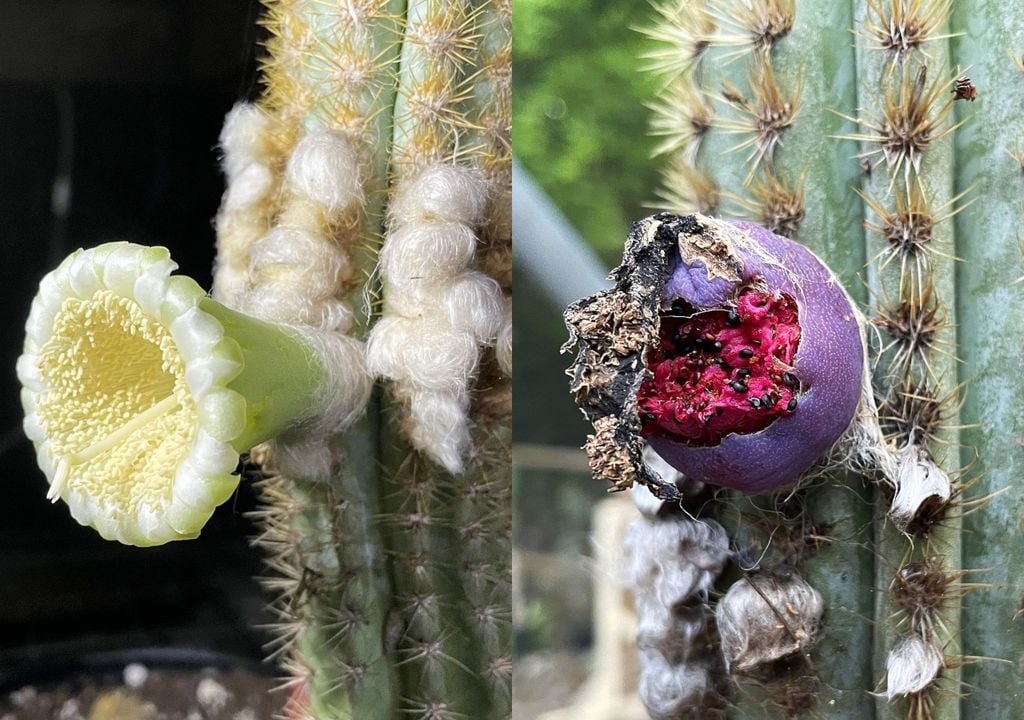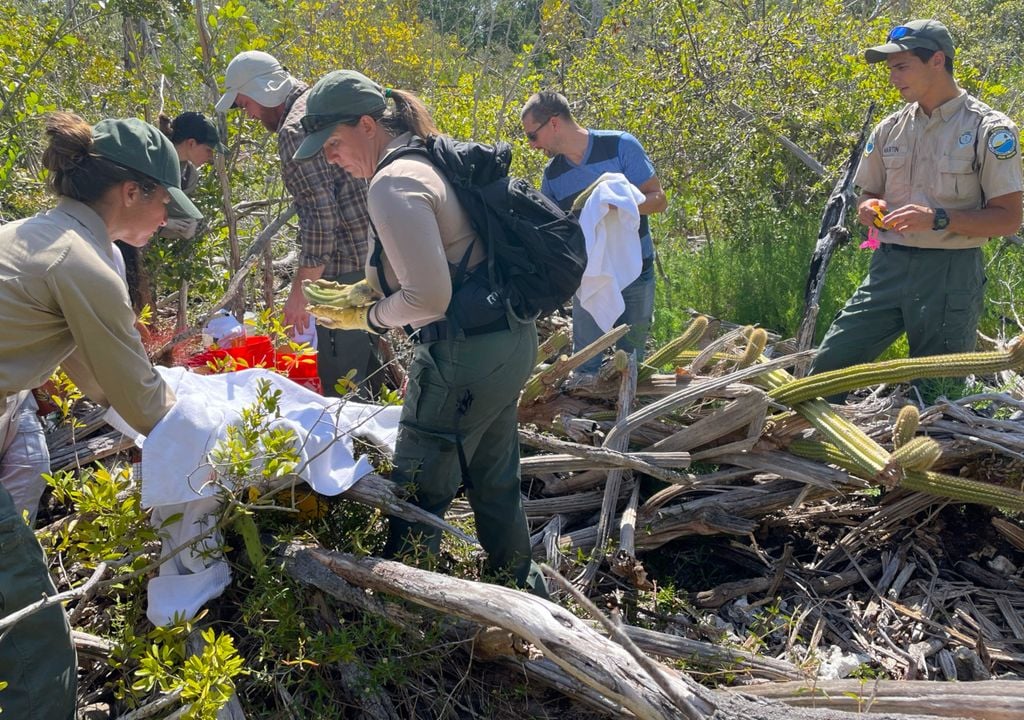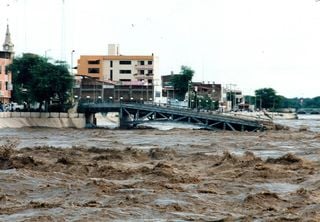Scientists scared: United States records first extinction caused by rising sea levels
Tree cacti called Key Largo have been completely extinct in the United States, and researchers believe this may be the first local extinction caused by rising sea levels.

The Key Largo tree cactus (Pilosocereus Millspaughii) can be found in some parts of the world, including on islands scattered throughout the Caribbean, such as northern Cuba and parts of the Bahamas. In the United States, the cactus is restricted to a single population in Florida Keys, first discovered in 1992 and monitored since then.
Or rather, it was. Researchers recently discovered that the population of Key Largos has completely disappeared, in what may be the first local extinction of a species due to sea level rise.
Little is known about these rare cacti. Initially, it was thought that Key Largo was a unique population of Pilosocereus Robinii, a species also threatened with extinction. Both have stems that can reach more than 6 meters in height; flowers that smell of garlic and reflect the light of the moon, attracting pollinating bats; and bright red and purple fruits draw the attention of birds and mammals.

However, researchers noticed differences between both species. Key Largo has tufts of long hair at the base of the flowers and fruits, as well as longer thorns, which suggested that the researchers were dealing with a unique species. In 2019, researcher Alan Franck confirmed that the population of Key Largo was the only known example of Pilosocereus Millspaughii in the USA.
The life and death of the population of Key Largo in the United States
The tree cactus prospered in a low limestone outcrop, near the coast and surrounded by mangroves. The site originally had a distinct layer of soil and organic matter that allowed the growth of cacti and other plants, but storms caused by hurricanes and exceptionally high tides eroded this material until there was not much left.
Salt-tolerant plants, which were previously restricted to other places, began to slowly rise by the outcrops, an indication that salt levels were increasing - which in itself is already unfavourable to the cactus.
A study showed that salt levels were higher in the soil under dead cacti than in the soil under live cacti, establishing a clear link between the mortality of cacti and the increase in salinity.
In 2015, the researchers realised that half of the cacti had died, serving as food for other species. Saltwater floods caused by particularly high tides in previous years limited the amount of fresh water available to mammals in the region, who began to consume the cactus to obtain water.

In 2017, Hurricane Irma swept southern Florida, leaving large portions of the region flooded for days. The conditions were so extreme that biologists had to use freshwater children's pools to keep the local wildlife alive. In 2019, real tides left large portions of the island, including the extremely low outcrops, flooded for more than three months.
The result is that, when the researchers went to monitor the region in 2021, they found that there were only six stems of Key Largo left, all sick. As it was clear that the population would not survive, the team recovered everything it could and replanted in greenhouses or controlled outdoor environments.
Unfortunately, the Key Largo tree cactus can be an indicator of how other low coastal plants will respond to climate change - Jennifer Possley, Fairchild Tropical Botanic Garden.
Currently, there is no more Natural Growth Key Largo in the United States. Unfortunately, the environments suitable for tree cacti to survive are disappearing. Even with the preservation efforts, there are simply not many places left where it is possible to reintroduce the population of Key Largo into nature. This means that, thanks to the rise in sea level, the species is in fact doomed.
At the moment, one in four species of native plants are critically threatened with regional extinction or have already been extirpated due to habitat loss, excessive collection, attack of invasive species and other degradation factors.More than 50 species have completely disappeared.
News reference:
Possley, J. et al. First U.S. vascular plant extirpation linked to sea level rise? Pilosocereus millspaughii (Cactaceae) in the Florida Keys, U.S.A.. Journal of the Botanical Research Institute of Texas, 2024.








